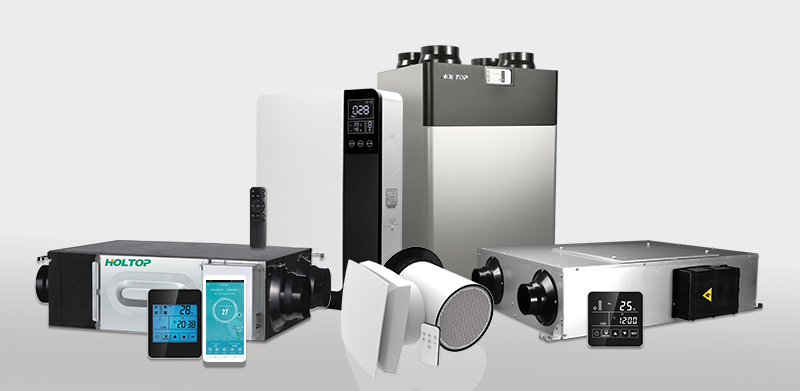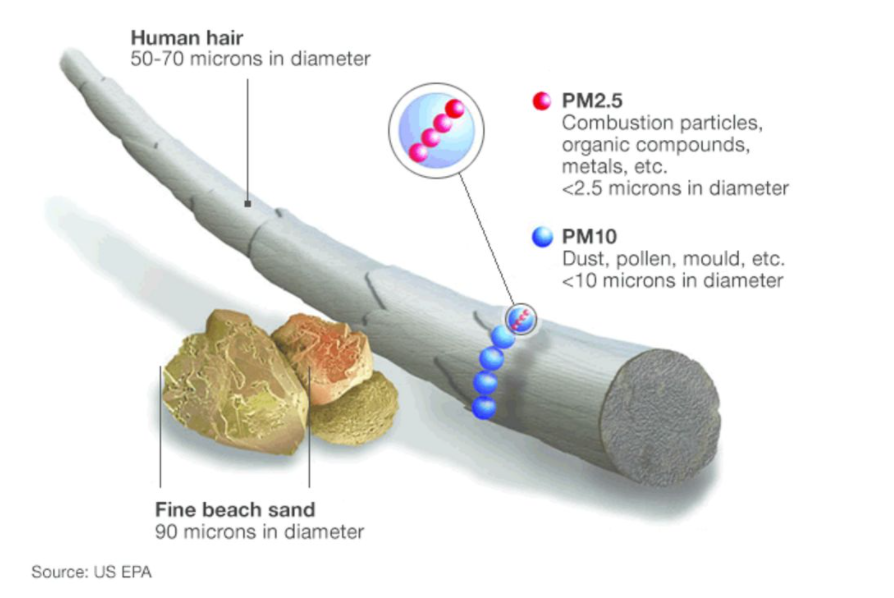All substances that can make the air quality worse are air pollutants.
There are natural factors (such as forest fires, volcanic eruptions, etc.) and man-made factors (such as industrial emissions, domestic coal combustion, automobile exhaust, etc.). The latter is the main factor, especially those caused by industrial production and transportation.
Natural sources:
Natural sources of air pollution including:
volcanic eruption: Emission of H2S, CO2, CO, HF, SO2 and volcanic ash and other particulate matter.
Forest fires: Emission of CO, CO2, SO2, NO2, HC, etc.
Natural dust: wind and sand, soil dust, etc.
Forest plant release: mainly terpene hydrocarbons.
Sea wave droplet particulate matter: mainly sulfate and sulfite
These natural sources are unavoidable.
Man-made sources:
Man-made air pollution comes from car exhaust and gas-fired central heating. But harmful particulate matter is also released into the air in other ways or is formed in the air by reacting with other chemicals. Sources of particulate matter include paint, cleaning fluids and solvents.
City air pollution inclusing car exhaust and gas-fired central heating, farm slurry gives off harmful gases as well. So that’s why new advice is so challenging to governments. No matter where you live, city or countryside, it’s hard to escape air pollution.
The World Health Organization (WHO) warned that the air pollution is more dangerous than previous thought, as it slashes maximum safe levels of key pollutants such nitrogen dioxide. The WHO estimated that around 7 million people die prematurely each year from air pollution-related diseases. Low- and middle-income countries suffer the most, because of their reliance on fossil fuels for economic development. The WHO recognizes air pollution as bad environmental pollution, and they are urging its 194 members states to reduce the emissions and have some action on climate change before COP26.
For people with heart and lung problems, it's not news that toxic particles and gases are harming people at much lower levels than previously thought. What’s worst, the tiny particles can be breathed into the lungs, and people cannot prevent it.
The new guidelines halve the recommended maximum for exposure to tiny particles called PM2.5s. These are produced by burning fuels in power generation, domestic heating and vehicle engines.
"Almost 80% of deaths related to PM2.5 could be avoided in the world if the current air pollution levels were reduced to those proposed in the updated guideline, it is also cutting the recommended limit for another class of micro particles, known as PM10, by 25%." the WHO said.
"Improving air quality can enhance climate change mitigation efforts, while reducing emissions will in turn improve air quality," the WHO says.
Holtop as the leading brand in HVAC industry provides residential heat recovery ventilators and commercial heat recovery ventilators to meet the market requirement as well as some accessories, such as heat exchangers. For more product information, please send us an email to sales@holtop.com.
To get more information please visit:https://www.bbc.com/news/science-environment-58657224
Post time: Dec-08-2021










